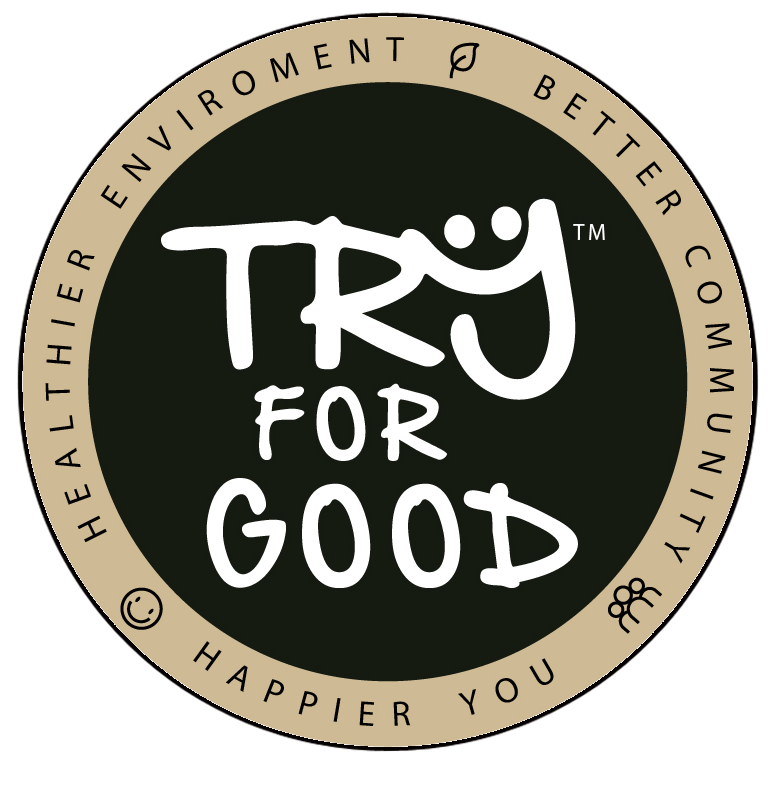EARLY HISTORY (1862- 1933) : In 1862, Alexander Parkes was the first person to introduce plastic in the world which was known as ‘Parkesine’. In 1872, American inventor John Wesley Hyatt developed a plastic material called as ‘Celluloid’. However, its flammability prevented its use in the mass production. In the beginning of 20th century, first synthetic plastic called ‘Bakelite’ was discovered which was then used in the various products. In 1933, ‘Polyethylene’ was discovered, and with this discovery plastic began to be used in packaging like mineral water bottle etc.
WORLD WAR II : In 1940 DuPont introduced polyacrylonitrile (PAN) which was an early engineering product. During World War II (from 1941 to 1945), DuPont raised as the latest producer of war supplies. DuPont played a major role in Manhattan Project. Dupont was also involved in production of the first atomic bomb which was afterwards dropped on Hiroshima and Nagasaki.
HOUSEHOLD (1862-1900) : Plastic had started being used in household for items like kitchen knife handles, boxes etc. since 1862; then from 1900s it became very popular and extended its use in hair dryer, radio cabinet etc.
HEALTHCARE (1870- 1937) : In Healthcare industry, in 1870 dental plates for false teeth was made and then in 1937 plastic was completely used in dentistry and medicines. Then came plastic disposable medical products like surgical and examination gloves, disposable gowns etc.
TEXTILE (1940-1960) : In 1940 nylon was discovered which was used in clothing then came polyester and lycra in 1950 and from 1960 plastic became a part of whole fashion industry.
AERO/AUTOMOTIVE (1935-1960) : There were several industries which started using plastic like from 1935 onwards, such as first plastic aircraft cockpit was manufactured. From 1956 plastic started being used for designing the body of cars and boats and from 1960 onwards it saw its usage in making furnitures also.
OPTICAL FIBRE/TELECOM (1970s) : In the 1970s, Fibre optics had transformed the telecommunications industry in such a way that it became a vital part of the information age.
FINANCE (1946-1951) : According to MasterCard, The first bank card, named “Charg-It,” was introduced in 1946 which was made up of plastic. In 1951, the first bank credit card appeared in New York’s Franklin National Bank for loan customers.
PLASTIC IS GOOD IF IT IS BIODEGRADABLE OR RECYCLABLE:
Plastic products which are biodegradable or can be easily recycled are considered as safe for using whereas the plastic products which are non biodegradable or cannot be recycled should be avoided. Non-biodegradable/Non-recyclable plastic has various negative impacts on our ecosystem. It pollutes water, air and soil. It is also harmful for wildlife and human health. By using eco friendly alternatives you can easily eradicate harmful use of plastic from your life.
PLASTIC RECYCLING: Recyclable plastic products such as food and beverage containers, plastic jugs/bottles, shampoo bottles, detergent bottles etc. are picked up landfills, industries, houses etc. and taken to a collection facility. After gradation and compression, the plastic is shredded into granules which are melted at a very high temperature. Once cooled they are chopped into pellets to be sold back to manufacturers who create new plastic products.
NANOTECHNOLOGY: Nanotechnology is the new Industrial revolution to produce plastic that is heat resistant, has dimensional stability and can conduct electricity. The industries to get benefited are Molding, Films, Packaging, Electronics, Sustainable Energy applications, Healthcare with possibilities of reconstructive surgery, repair etc.
BIODEGRADABLE PLASTIC: Biodegradable products are new in the market and little expensive too. However, some manufactures are producing biodegradable plastic products like which are biodegradable and compostable- trash bags, tetra packs for milk, juice and other beverages etc. Besides, they are also being used for insulation, packaging, diapers, car interiors etc. These are made from agriculture byproducts or crops such as Tapioca, potato, corn banana, vegetable fat etc.
Source: www.mindfully.org
www.bpf.co.uk
www.seattleorganicrestaurants.com


